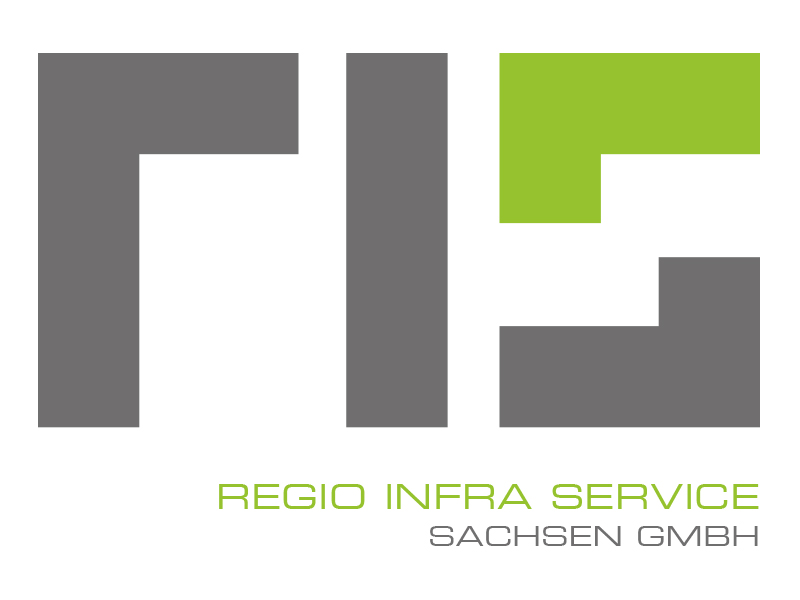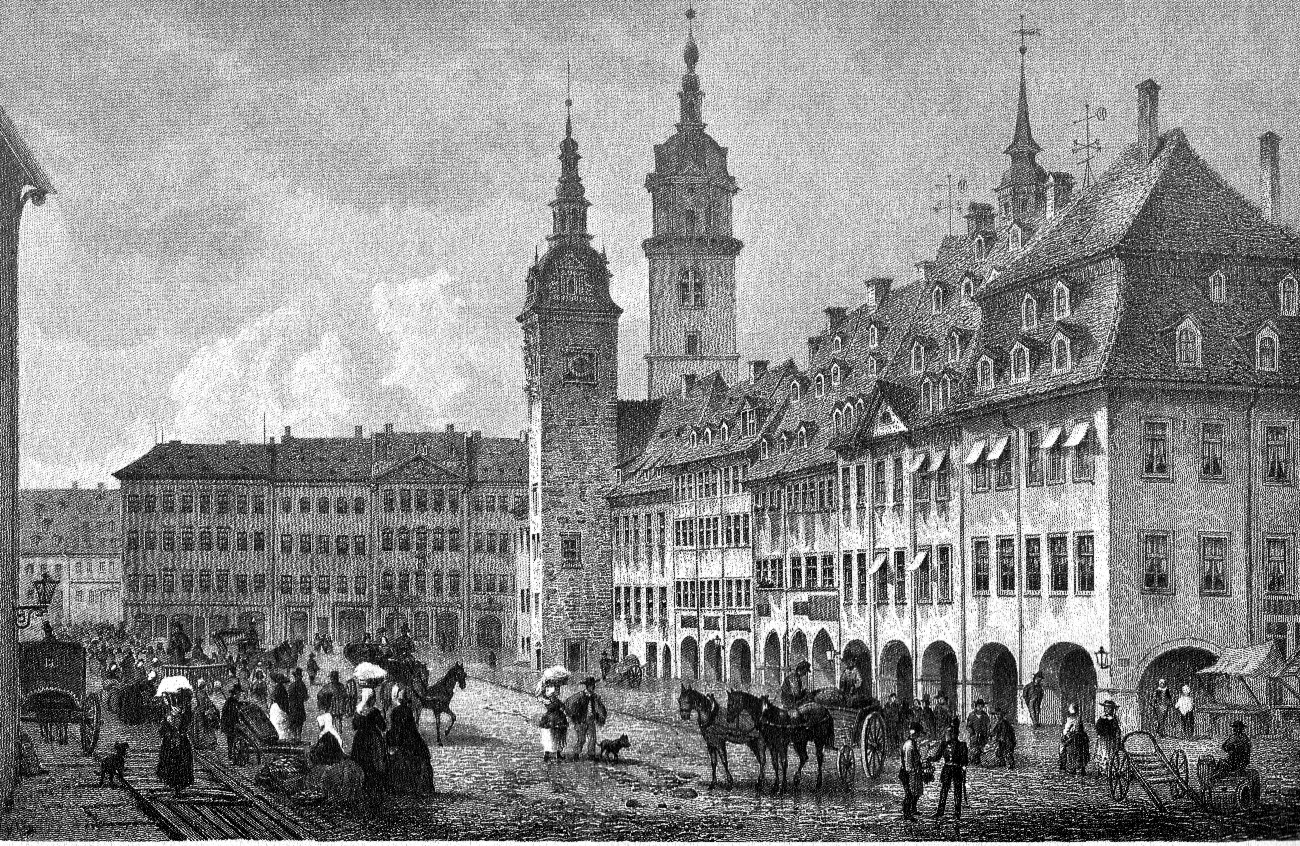|
Roßwein–Niederwiesa Railway
The Roßwein–Niederwiesa railway is a branch line in the German state of Saxony. It runs from Roßwein through the Striegis valley to Hainichen, Saxony, Hainichen and on to Frankenberg, Saxony, Frankenberg and Niederwiesa, where the line ends at a junction with the Dresden–Werdau railway. Since 2004, only the 16.8 km long section between Niederwiesa and Hainichen is still operating. History In the spring of 1867 construction began on the railway line between Niederwiesa and Hainichen. On 1 March 1869, the Royal Saxon State Railways () opened the line as a branch of the main line between Chemnitz and Dresden. Initially, only about two to three trains ran daily. The Hainichen-Rosswein Railway Company (''Hainichen-Rossweiner Eisenbahn-Gesellschaft''), which had been founded in 1872, opened, on 15 August 1874, a new 17 km-long section from Hainichen to Roßwein to the Borsdorf–Coswig railway of the Leipzig–Dresden Railway Company. It was taken over by the Royal S ... [...More Info...] [...Related Items...] OR: [Wikipedia] [Google] [Baidu] |
Borsdorf–Coswig Railway
The Borsdorf–Coswig railway is a mainline railway in the German state of Saxony, originally built and operated by the Leipzig-Dresden Railway Company. It runs mostly along the Freiberger Mulde from Borsdorf via Döbeln and Meißen to Coswig, Saxony, Coswig near Dresden. It is part of a long-distance connection from Leipzig to Dresden, but is now used for local traffic only. History Meißen had been linked since 1 December 1860 to the Leipzig–Dresden railway by a branch line from Coswig. On 7 July 1864 the Leipzig–Dresden Railway Company ( submitted an application to build a second rail link between Leipzig and Dresden. It provided for a route along the Freiberger Mulde from Döbeln to Meißen to connect with the existing branch line from Coswig. On 16 January 1866 the company was granted a concession for the construction of the line. Work began on 4 August 1865 near Borsdorf. The line was opened as follows: *14 May 1866: Borsdorf–Grimma *27 October 1867: Grimma–Leisnig * ... [...More Info...] [...Related Items...] OR: [Wikipedia] [Google] [Baidu] |
Frankenberg, Saxony
Frankenberg (; also: Frankenberg/Sa.) is a town in the district of Mittelsachsen, in Saxony, Germany. It is situated on the river Zschopau, northeast of Chemnitz, and some north of the border to the Czech Republic. It was the site of the Nazi concentration camp Sachsenburg. Sons and daughters of the city * Christian Gottlob Höpner (1799–1859), composer and organist * Franz Kuhn (1884-1961), lawyer, sinologist and translator * Eberhard Vogel (born 1943), record footballer of the GDR * Jochen Sachse Jochen Sachse (born 2 October 1948 in Frankenberg, Saxony) is an East German former track and field athlete who competed mainly in the hammer throw. He competed for East Germany in the 1972 Summer Olympics held in Munich Munich is t ... (born 1948), hammer thrower and Olympic medalist * Sonja Morgenstern (born 1955), figure skater * Matthias Weichert (born 1955), operatic baritone * Anett Fiebig (born 1961), swimmer * Anja Möllenbeck (born 1972), discus ... [...More Info...] [...Related Items...] OR: [Wikipedia] [Google] [Baidu] |
Stadler Regio-Shuttle RS1
The Stadler Regio-Shuttle RS1 is the first widely used, new-generation, diesel railcar in Germany and Czech Republic for local railway services. Its most characteristic feature is the trapezium-shaped window frames. The Regio-Shuttle is classified by the Deutsche Bahn as Class 650, by the České Dráhy as Class 840 or Class 841, however numerous private railways have their own Regio-Shuttles. Technical information Originally a product from the firm of ADtranz, the RS1 is now being built and sold by Stadler Rail AG, since Bombardier Transportation had to sell the site at Berlin-Wilhelmsruh in 2001 for antitrust reasons when they took over ADtranz. The RS1 is a railbus built to UIC standards, which therefore can withstand longitudinal forces of ; it is available with centre buffer couplings or the usual European Buffers and chain couplers. 65% of the vehicle floor is low-level and designed for a platform height of . On the '' Schönbuchbahn'' a special variant ... [...More Info...] [...Related Items...] OR: [Wikipedia] [Google] [Baidu] |
City-Bahn Chemnitz
The City-Bahn Chemnitz is a railway company which operates tram-train and regional rail services in and around Chemnitz, in Saxony, Germany. The tram-train services run both on the railway network and the urban tram network in Chemnitz. City-Bahn Chemnitz was founded on March 10, 1997. Routes and Rolling Stock City-Bahn Chemnitz runs services on a number of routes around Chemnitz under contract for the Verkehrsverbund Mittelsachsen. The tram-train from Chemnitz to Stollberg (now line C11) was the original pilot route (Stage 0) of the and is operated with electric Variobahn trams. From December 2015 City-Bahn Chemnitz began operating Regio-Shuttle railcars on the routes Chemnitz – Burgstädt, Stollberg – St. Egidien – Glauchau, Chemnitz – Hainichen. Eight electro-diesel Citylink tram-train vehicles had been ordered from Vossloh in 2012. These were intended to enter service in 2015 but delays in the approval of the vehicles meant they did not begin operation unti ... [...More Info...] [...Related Items...] OR: [Wikipedia] [Google] [Baidu] |
Regio Infra Service Sachsen
Regio Infra Service Sachsen GmbH ''(RISS)'' is a railway infrastructure manager and a railway company (EVU) founded in 2001. The shareholders are Chemnitzer Verkehrs AG (CVAG) and RP-Eisenbahn GmbH (RPE). The company is based in Chemnitz, Saxony, Germany. History Regio Infra Service Sachsen was founded on 5 July 2001 as a railway infrastructure company (EIU) for the ''Chemnitz Model''. The connection between Zwönitz–Chemnitz Süd railway, Chemnitz and Stollberg had already been planned in advance as a pilot line according to this concept. Already on December 15, 2002, the scheduled electric train service with Regio light rail vehicles of the City-Bahn Chemnitz could be started there. Further lines in the Chemnitz area were simultaneously prepared for preliminary operation with diesel railcars. A special feature of the RISS network is the Nossen–Moldava v Krušných horách railway, Freiberg-Nossen line ''(Zellwaldbahn)''. This line is currently only used for freight traffic ... [...More Info...] [...Related Items...] OR: [Wikipedia] [Google] [Baidu] |
Federal Railway Authority
The German Federal Railway Authority (, ) has been the independent federal authority for the regulation of the railways in Germany since 1 January 1994. It is under the supervision and direction of the Federal Ministry for Digital and Transport and is headed by a president. Responsibilities The EBA is the inspectorate and authorising body for the majority of German domestic, railway infrastructure companies that are owned by the government, referred to as federal railways (''Eisenbahnen des Bundes'' or ''EdB''), and for German and foreign railway transport operators in Germany. Non federally owned public railways and privately operated railways are under the supervision of the German states ('' Bundesländer''), who can choose to transfer this responsibility to the EBA (§ 5 Abs. 2 AEG). To date 11 states, with the exception of Berlin, Bremen, Hamburg, Hesse and Lower Saxony have chosen to do so. In such cases the EBA works under the direction of th ... [...More Info...] [...Related Items...] OR: [Wikipedia] [Google] [Baidu] |
Leipzig–Dresden Railway Company
The Leipzig–Dresden Railway Company ( or LDE) was a private railway company in the Kingdom of Saxony, now a part of Germany. Amongst other things, it operated the Leipzig–Dresden railway, route between Leipzig and Dresden, opened in 1839, and which was the first long-distance railway line in Germany. On 1 July 1876 the company was nationalised and became part of the Royal Saxon State Railways. History image:Direktorium LDE.jpg, The board of directors of the Leipzig–Dresden Railway Company in 1852; from l to r: Busse (plenipotentiary), Fleischer (deputy), Haberstadt (deputy), Einert (member), Gessler (secretary to the board), Erdmann (member), Hirzel (member), Lampe (deputy), Harkort (chairman), Dufour-Feronce (member), Seyfferth (deputy), Preusser (deputy) ''(photo of 1852)'' The idea of building a railway to link Leipzig with Strehla (on the river Elbe), had already been put forward before 1830 by the Leipzig merchant, Carl Gottlieb Tenner. Tenner's idea gained new impetu ... [...More Info...] [...Related Items...] OR: [Wikipedia] [Google] [Baidu] |
Dresden
Dresden (; ; Upper Saxon German, Upper Saxon: ''Dräsdn''; , ) is the capital city of the States of Germany, German state of Saxony and its second most populous city after Leipzig. It is the List of cities in Germany by population, 12th most populous city of Germany, the fourth largest by area (after Berlin, Hamburg, and Cologne), and the third-most populous city in the area of former East Germany, after Berlin and Leipzig. Dresden's urban area comprises the towns of Freital, Pirna, Radebeul, Meissen, Coswig, Saxony, Coswig, Radeberg, and Heidenau and has around 790,000 inhabitants. The Dresden metropolitan area has approximately 1.34 million inhabitants. Dresden is the second largest city on the River Elbe after Hamburg. Most of the city's population lives in the Dresden Basin, Elbe Valley, but a large, albeit very sparsely populated, area of the city east of the Elbe lies in the West Lusatian Hill Country and Uplands (the westernmost part of the Sudetes) and thus in Lusatia. ... [...More Info...] [...Related Items...] OR: [Wikipedia] [Google] [Baidu] |
Chemnitz
Chemnitz (; from 1953 to 1990: Karl-Marx-Stadt (); ; ) is the third-largest city in the Germany, German States of Germany, state of Saxony after Leipzig and Dresden, and the fourth-largest city in the area of former East Germany after (East Berlin, East) Berlin, Leipzig, and Dresden. The city lies in the middle of a string of cities sitting in the densely populated northern Ore Mountain Foreland, foreland of the Elster Mountains, Elster and Ore Mountains, stretching from Plauen in the southwest via Zwickau, Chemnitz and Freiberg to Dresden in the northeast, and is part of the Central German Metropolitan Region. Located in the Ore Mountain Basin, the city is surrounded by the Ore Mountains to the south and the Central Saxon Hills, Central Saxon Hill Country to the north. The city stands on the Chemnitz River, which is formed through the confluence of the rivers Zwönitz (river), Zwönitz and Würschnitz in the borough of Altchemnitz. The name of the city as well as the names o ... [...More Info...] [...Related Items...] OR: [Wikipedia] [Google] [Baidu] |
Royal Saxon State Railways
The Royal Saxon State Railways () were the state-owned railways operating in the Kingdom of Saxony from 1869 to 1918. From 1918 until their merger into the Deutsche Reichsbahn the title 'Royal' was dropped and they were just called the Saxon State Railways (''Sächsische Staatseisenbahnen''). History En route to a state railway After the completion of the privately financed Leipzig–Dresden railway in 1839, the Saxon parliament also began to get involved in railway construction. Early on it was recognised that railway lines to Bavaria, Bohemia and Silesia were needed and that there ought to be a route running north-to-south through the kingdom. The funding of this plan lay in the hands of privately financed railway committees. The state, however, saw itself arranging for the corresponding political and legal hurdles to be cleared. On 14 January 1841 a treaty was agreed with the Kingdom of Bavaria and the Duchy of Saxony-Altenburg for the construction of a railway route betw ... [...More Info...] [...Related Items...] OR: [Wikipedia] [Google] [Baidu] |
Striegis
The Striegis () is a river of Saxony, Germany. It is a left tributary of the Freiberger Mulde, which it joins in Niederstriegis. See also *List of rivers of Saxony A list of rivers of Saxony, Germany: A * Alte Luppe B * Bahra * Bahre * Batschke * Bauerngraben * Biela * Black Elster * Black Pockau * Bobritzsch * Borlasbach * Brunndöbra * Burgauenbach C *Chemnitz * Colmnitzbach * Cunnersdorfer Wasser D * ... Rivers of Saxony Rivers of the Ore Mountains Rivers of Germany {{Saxony-river-stub ... [...More Info...] [...Related Items...] OR: [Wikipedia] [Google] [Baidu] |




